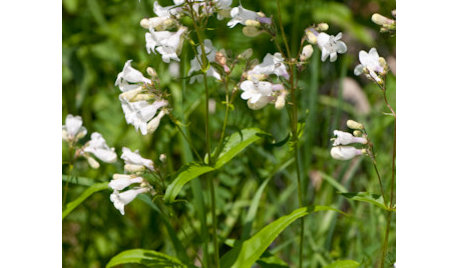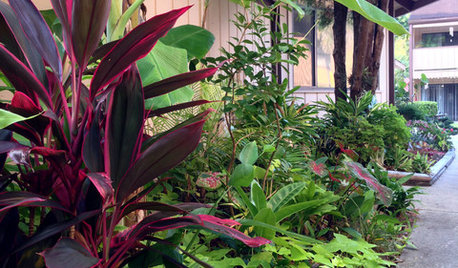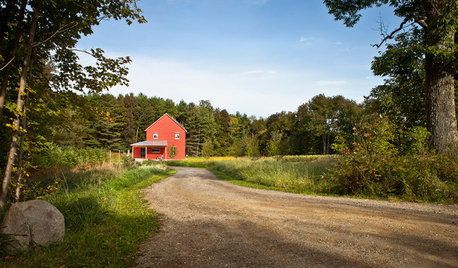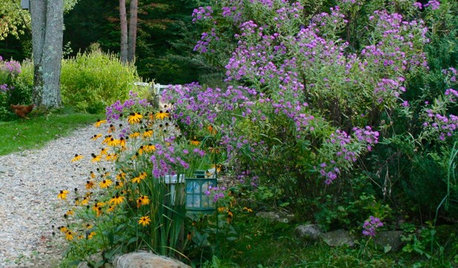sand plums or american or both, soil type
norman2012
12 years ago
Related Stories

GARDENING GUIDESHow to Stop Worrying and Start Loving Clay Soil
Clay has many more benefits than you might imagine
Full Story
GARDENING GUIDESHave Acidic Soil in Your Yard? Learn to Love Gardening Anyway
Look to acid-loving plants, like conifers and rhododendrons, to help your low-pH garden thrive
Full Story
GARDENING GUIDESGreat Design Plant: Try Penstemon Digitalis for Showy White Blooms
Bees gather nectar from this North American native while you’ll appreciate its unthirsty nature and soil tolerance
Full Story
GARDENING GUIDESGarden Myths to Debunk as You Dig This Fall and Rest Over Winter
Termites hate wood mulch, don’t amend soil for trees, avoid gravel in planters — and more nuggets of garden wisdom
Full Story
GARDENING GUIDESNew Ways to Think About All That Mulch in the Garden
Before you go making a mountain out of a mulch hill, learn the facts about what your plants and soil really want
Full Story
GARDENING GUIDESA Mom, a Garden and a Gift for the Neighbors
Gardening can be therapeutic in unexpected ways. See how one gardener found peace and purpose in a patch of Florida soil
Full Story
HEALTHY HOMEGet the Lead Out: Lead Safety at Home
Keep your family safe by properly testing for and dealing with lead in old painted surfaces, water and soil
Full Story
THE ART OF ARCHITECTUREFinding the Perfect Home for a New House
Sun, soil, water, topography and more offer important cues to siting your house on the land
Full Story
GARDENING GUIDESTop 10 Native Plants for the Northeast
For a low-maintenance, wildlife-friendly landscape, use native plants adapted to the climate and range of soils in the Northeast
Full Story
EDIBLE GARDENSNatural Ways to Get Rid of Weeds in Your Garden
Use these techniques to help prevent the spread of weeds and to learn about your soil
Full Story






norman2012Original Author
jolj
Related Professionals
Wheeling Landscape Architects & Landscape Designers · Winder Landscape Architects & Landscape Designers · Sahuarita Landscape Architects & Landscape Designers · Aberdeen Landscape Contractors · Bound Brook Landscape Contractors · Columbine Landscape Contractors · El Reno Landscape Contractors · Golden Gate Landscape Contractors · Lemoore Landscape Contractors · Lynn Landscape Contractors · North Richland Hills Landscape Contractors · Old Saybrook Landscape Contractors · Paramount Landscape Contractors · West Allis Landscape Contractors · Weymouth Landscape Contractorsnorman2012Original Author
jolj
john_in_sc
fabaceae_native
cousinfloyd
john_in_sc
cousinfloyd
norman2012Original Author
coolmantoole
Riverside2222